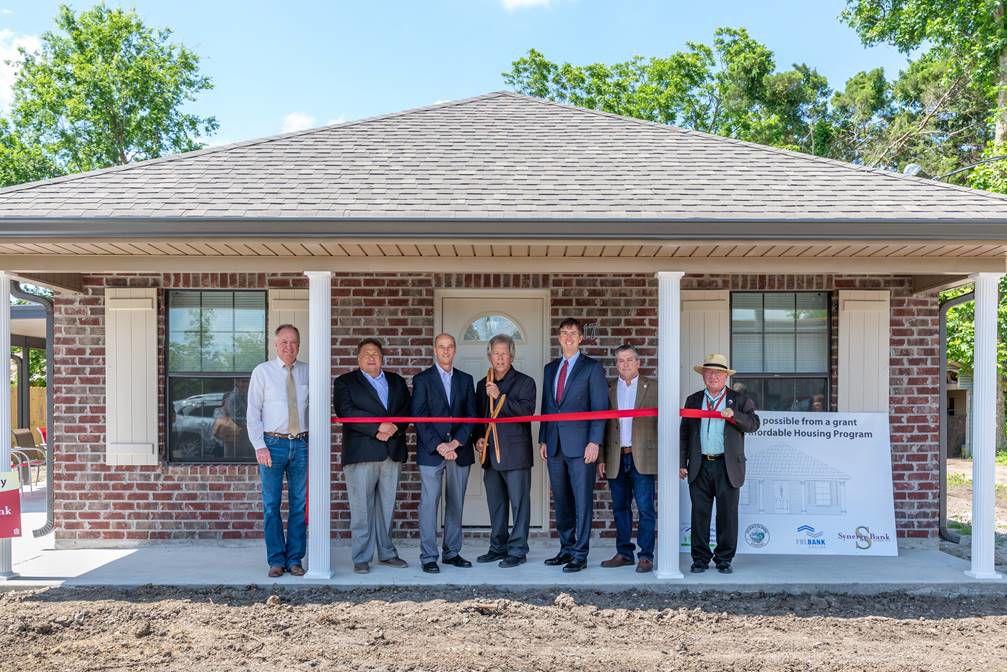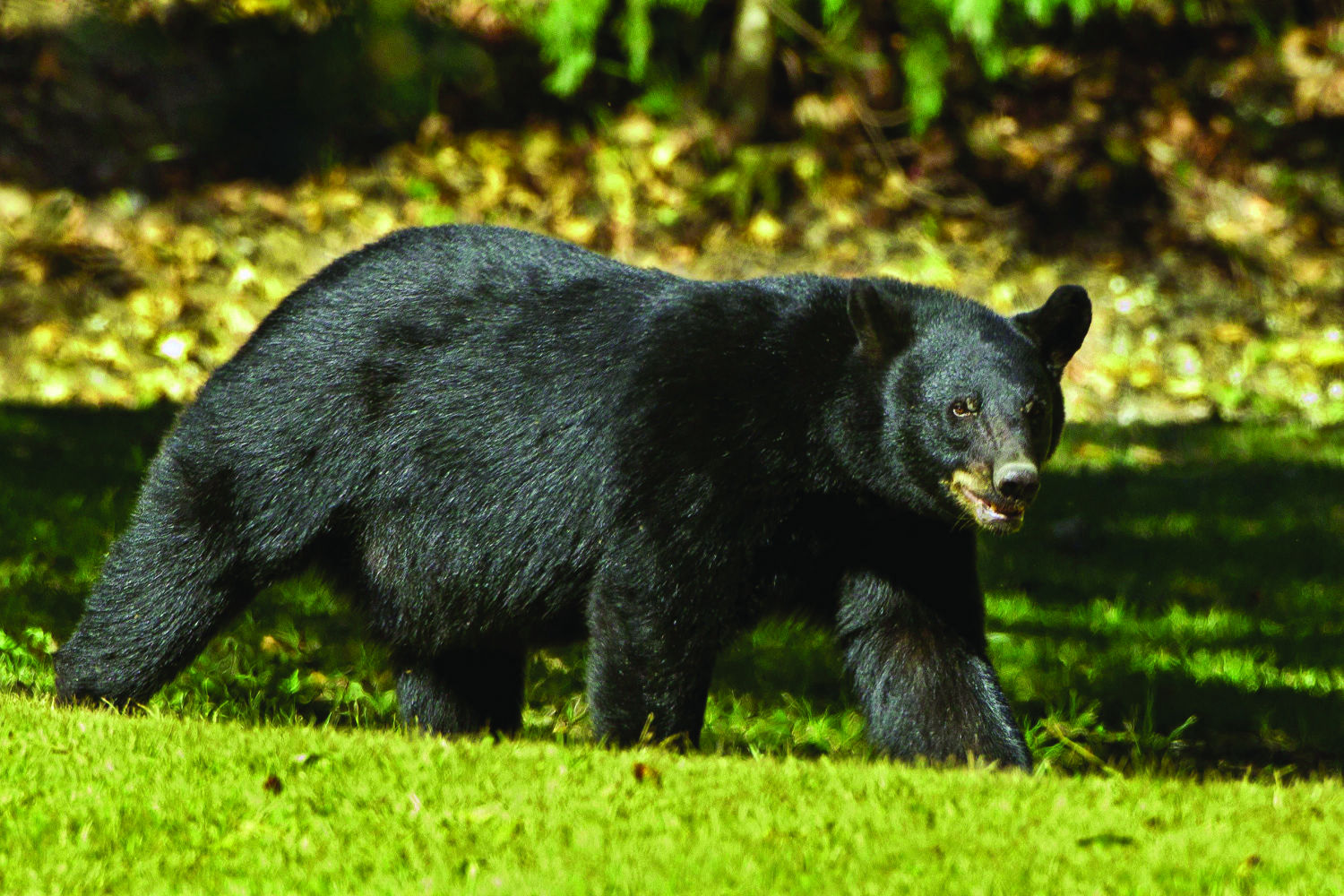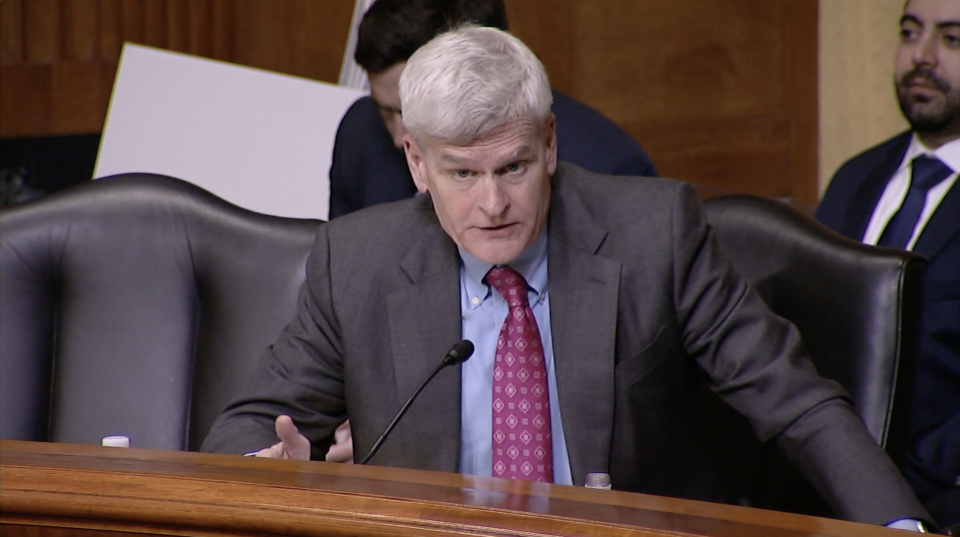
Local teen fighting cancer with community support by his side
June 5, 2019
$1.2 million in grants assist the opening of low-incoming housing in Terrebonne
June 5, 2019The Louisiana Department of Wildlife and Fisheries wants people to be on the lookout for displaced animals who have had to seek new habitat because of the opening of the Morganza Spillway.
The state-run outdoors agency issued a release this past week warning citizens that they’re not the only ones who may be displaced by higher waters, warning that animals, too, may now be forced to unfamiliar territory because of flooding.
LDWF urges the public to be on the lookout for unfamiliar wildlife, while also giving tips for what to do if animals come into your property.
LDWF said citizens should resist the urge to interact with new wildlife in an area unless interaction is absolutely necessary. Wild animals that are not posing a threat to humans should be left alone, according to the release.
LDWF stresses that taking pity on the animals is the “worst thing” a human can do, because feeding the animals will encourage them to remain in an area, as opposed to moving along and going to a different location where they can find food in nature.
LDWF says citizens should:
• Avoid areas where displaced wildlife has taken refuge
• Avoid interaction with and do not feed displaced wildlife
• Avoid roadways near flooded areas (when possible) to reduce the likelihood of having a disturbance or collision with wildlife.
SPECIES THAT MAY BE ON THE MOVE
In addition to the tips, LDWF also gave a rundown of which species locals could expect to come in contact with in the coming weeks as waters grow higher.
The Atchafalaya Basin is one of the richest wildlife habitats in Louisiana.
Those species stay mostly tucked away into the wilderness in St. Mary Parish, but with those areas taking in water, the animals will have to seek shelter closer to Terrebonne and Lafourche Parish.
Black Bears
LDWF says Louisiana black bears are a huge species of concern during flooding events because the Morganza Spillway area is a huge haven for habitat for the species. LDWF says to not take chances with bears and to call 1-337-262-2080 if you see one at any time.
Alligators and Snakes
As waters rise, reptiles will be more likely to roam into populated areas where they may otherwise not frequent. Likewise, if an area does flood, LDWF urges citizens to exercise extreme caution when returning to an area once waters recede because reptiles are prone to staying in flooded areas and causing a safety threat. Several species of snakes are non-venomous, but some of the most common localized snakes are poisonous — including the canebrake rattlesnake, the copperhead, the cottonmouth, the eastern diamondback rattlesnake, the harlequin coral snake, the pygmy rattlesnake and the Texas coral snake. Most venomous snakes have a triangular shaped head. LDWF said if unsure, avoid contact with the snake altogether.
Deer, Feral hogs
Deer and feral hog populations are high within the Morganza Spillway. As waters rise, they are likely to change their roaming habits and appear in populated areas — often in significant numbers. LDWF says hogs and deer are unpredictable when around humans, so contact should be avoided altogether. Citizens should allow these species to move unimpeded through flooded areas as they seek higher ground — when possible.
Follow Casey on Twitter for more.
https://twitter.com/casey_gisclair









